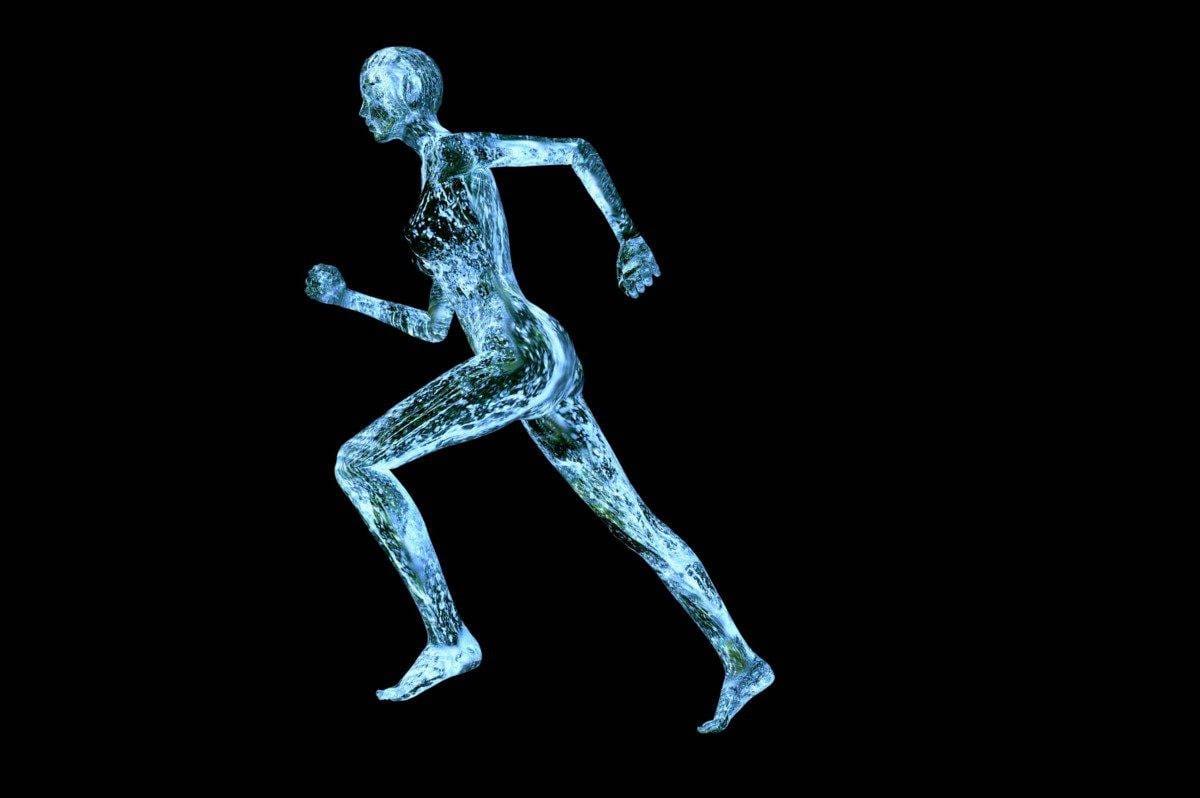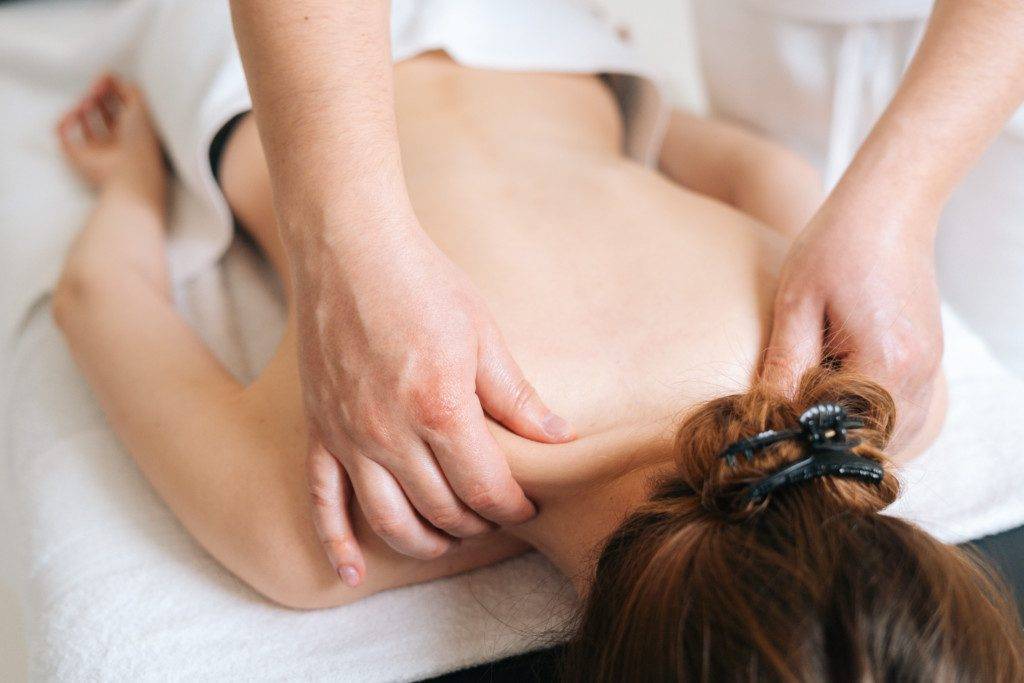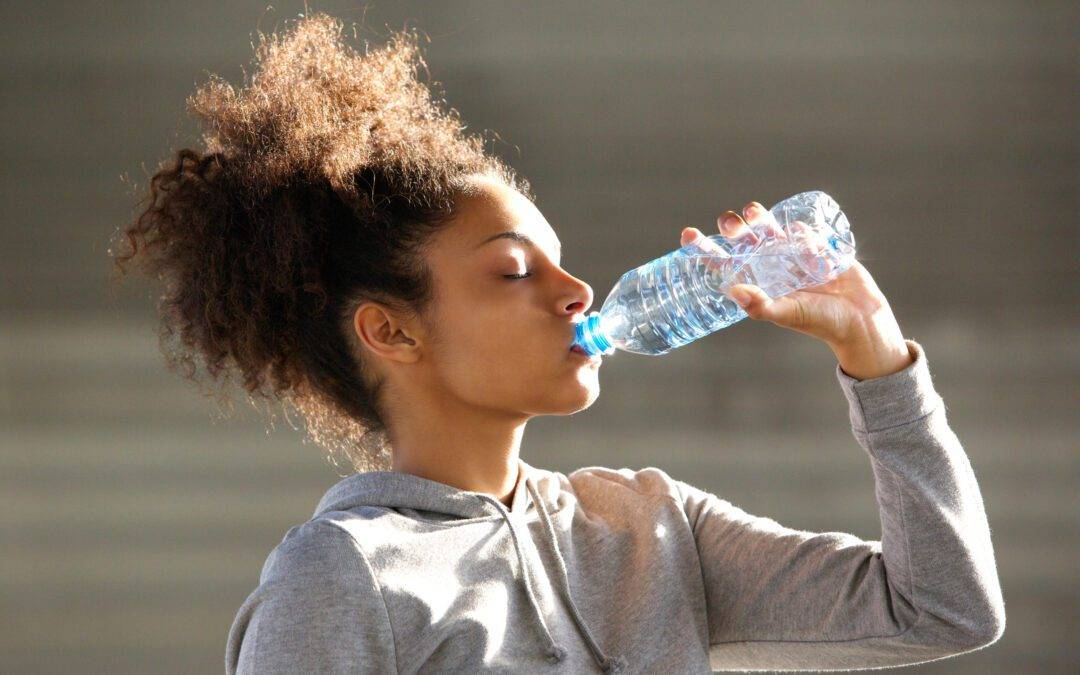By Alex MacPhee, RMT
With the summer heat increasing it is very important to make sure we are taking care of our bodies in order to maintain our health and avoid injury, and with temperatures rising it is even more important to ensure we are consuming enough water. Our bodies are made up of approximately 60% water, adult men being slightly higher than adult women, and babies and children even higher. The more perspiration we express the more water we must consume to replace this loss, or we run the risk of dehydration.

Dehydration
Dehydration can present in many ways – the most common include being thirsty, feeling dizzy or lightheaded, having dark yellow and strong-smelling urine, and feeling tired. Dehydration can also cause headaches and lethargy. To combat this keep in mind that the average adult male needs to consume around 13 cups of water a day while adult women need to consume 9, 10 cups if breastfeeding – outside of any extra exertion or heat. If you are finding yourself feeling dehydrated while doing extreme exercise or having a stomach bug it is important also to ensure you are replenishing your electrolytes, as these situations cause them to be depleted at a higher rate. Adding Gatorade or Pedialyte to your routine will help, as will a balanced diet high in fruits and vegetables. To avoid the risk of hyponatremia – dangerously low sodium levels in your blood – you should drink water consistently throughout the day versus chugging a large amount at once. Overloading the body with too much water too quickly can dilute the sodium in our blood to dangerously low levels; Symptoms of this can look like headaches, nausea, and vomiting. Interestingly, hyponatremia can often present similarly to dehydration.

Hydration & Sport
Water is especially important in the rehabilitation of muscles post-exercise and post-injury. Dehydration negatively impacts muscle performance by altering water movement across cell membranes, interfering with actin-myosin cross-bridge formation, and impeding thermal regulation: In other words, your body can not perform and heal as well during states of dehydration as there is a lack of blood supply available for direction to active skeletal muscle. When there is a reduction in blood and perfusion pressure it creates a reduction in blood flow to active muscles, which in turn creates a higher risk of injury to our muscles as well as influencing the amount of pain we experience naturally and post-exercise.

Interesting fact about massage therapy and hydration: Massage therapy uses various techniques to flush out toxins and increase circulation, and as a result, some people tend to have to use the washroom post-massage. This is why it’s recommended to drink lots of water following a massage as it helps encourage the removal of these toxins that otherwise would have remained in the body.
For more information regarding delayed onset muscle soreness, check out our previous article: https://www.activeapproach.ca/doms/

